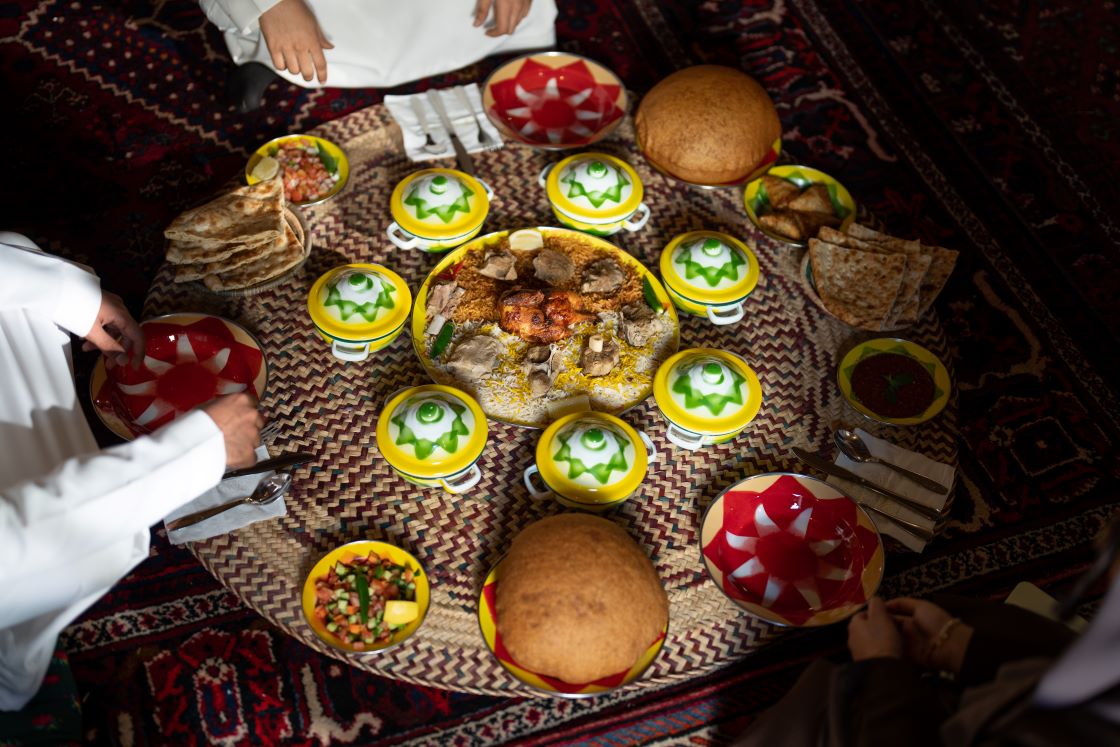For the casual home cook, few pieces of cookware are as mysterious or intimidating as stainless steel pots and pans. Depending on where you shop they can be either wildly expensive or suspiciously cheap, and non-stick cookware just seems easier for many people.
However, stainless steel cookware can give you much better and more consistent results with your cooking than non-stick depending on the dish. Plus if you treat it right—and buy the right stuff—it will last a lifetime. With just a little bit of practical know-how, and an eye for quality and construction, you'll be buying and using stainless steel cookware for decades to come.
Construction Is Key
One of the biggest hurdles to overcome is simply figuring out whether a product is made well. This breaks down into three essential categories: the cladding, the material and the handle.
For the best quality, look for cookware that's "fully clad," a type of construction made famous by All-Clad.
"In general, cookware is about retention and distribution," says Omar Rada, co-founder of the cookware manufacturer Misen. Fully clad cookware was born out of the understanding that different metals conduct heat differently. For the best results you want a cooking surface that heats evenly and retains heat well. You know how some of your pots and pans get really hot in some spots but stay cool in others? That's because of poor heat conduction, which makes getting an even sear on your steak more difficult.
Fully clad cookware avoids this problem by taking different materials and sandwiching them together in alternating layers. Make a pot out of aluminum and you'll end up with a vessel that heats quickly and evenly, but has poor heat retention, is flimsy and is prone to ugly discoloration. Conversely, stainless steel is extremely durable, retains heat well and looks nice, but conducts heat poorly. By layering different metals, fully-clad cookware blends together the best characteristics of different materials for an improved cooking surface. Less expensive cookware is often "bottom clad," meaning there's a disc of aluminum in the base of the cookware but not in the sides. This is still a big step up from no cladding at all, but fully clad is better.
Built to Last
Chef Bruce Mattel, senior associate dean of culinary arts at the Culinary Institute of America, says, "I prefer riveted handles as opposed to spot welded. If you bang those pans around enough a handle will come off." He also prefers cookware with stainless steel handles, which are suitable for being put inside the oven.
If a piece of stainless steel cookware seems light or flimsy there's a good chance it's low quality. Examine the handles: Are they firmly attached with visible rivets? Does the bottom of the pan feel solid and sturdy? If you put the pan on a flat surface does it sit still and not wobble? If the answer is no to any of these questions, you aren't looking at a well-constructed pan. Mattel also says that it's good to look for cookware that isn't overly ornate. Grease will get into nooks and crannies, making it harder to keep clean.
Easy to Use
Perhaps the biggest barrier for most people is that stainless steel cookware seems hard to use. "As a maker of cookware, I didn't fully appreciate that myself until I started putting our products into people's hands and realizing how uncomfortable they were," says Rada.
One issue that beginner cooks might encounter is foods sticking to the pan. "Seasoning, which is commonly associated with cast iron skillets, is actually a process which can be applied to any pan," says Rada. "You can even make a stainless steel pan almost perfectly non-stick, which helps with easy cleanup."
As Rada explains, "Preheat your pan for a few minutes at medium-high heat and get a fat, generally a high smoke point oil, and swish it around the pan until it starts to smoke. Dump the oil out and take a paper towel and rub it around the pan. Once you're done you should have a glossy mirror finish which, if you've done it perfectly, you should be able to see your reflection in. It should be pretty darn non-stick and the cleanup should be a breeze."
It's Pricey, but Worth It
There's (almost) no getting around it: stainless steel cookware can be pricey. All-Clad, often considered to be the gold standard, is one of the most expensive brands available. Same goes for the French brand Mauviel, which is historically known for its copper cookware but also makes fantastic stainless steel pieces. A single piece of cookware from either company could easily cost upwards of a hundred dollars, making it expensive to outfit a kitchen.
For those in search of something more affordable, there are some less expensive brands making excellent products, such as Misen. Rada says the company has kept prices down by existing in the direct-to-consumer space. Tramontina's products are also noticeably less expensive and can be found at stores like Costco and Walmart.
But If you're looking for a real bargain, savvy shoppers should keep an eye out for sales at "off-price" department stores like Marshalls, T.J.Maxx, and HomeGoods. You can sometimes find heavily discount stainless steel cookware, especially leading up to and immediately after the winter holidays.

Feld Earns One MICHELIN Star in Year Two
Chef Jake Potashnick serves 25 to 30 thoughtfully composed bites, delivering a truly memorable dining experience.

The Art of Welcome: Inside Saudi Arabia’s Timeless Hospitality
In Saudi Arabia, hospitality is instinct and engrained in their heritage - every gesture, from bukhoor’s scent to qahwa’s pour, speaks of effortless generosity.

A Four-Day Culinary Journey Through Bordeaux, According to The MICHELIN Guide
The MICHELIN Guide visited Bordeaux on a four-day, autumnal journey through the famed wine region’s vineyards and restaurants.

What Is The MICHELIN Bib Gourmand Award?
Since 1997, The MICHELIN Guide’s Bib Gourmand has celebrated restaurants worldwide that serve exceptional food at great value— here’s what makes it special.












